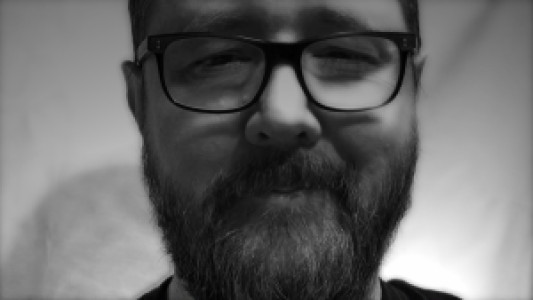Fire Fighter Course - Educational_Training_Professional
Vocal Characteristics
Language
EnglishAccents
North American (General)Transcript
Note: Transcripts are generated using speech recognition software and may contain errors.
fire engineers, like their counterparts in other engineering and scientific disciplines, undertake a formal course of education and continuing professional development to acquire and maintain their competence. This education typically includes foundation studies and mathematics, physics, chemistry and technical writing. Professional engineering studies focus students on acquiring proficiency and material science statistics, dynamics, thermodynamics, fluid dynamics, heat transfer engineering economics, ethics systems and engineering, reliability and environmental psychology. Studies in combustion, probabilistic risk assessment or risk management. The design of fire suppression systems, the application and interpretation of model building codes. And the measurement and simulation of fire phenomena complete most curricula. New Zealand was one of the first countries in the world to introduce performance based assessment methods into their building codes in regard to fire safety. This occurred with the introduction of their 1991 building act. Professor Andy Buchanan of the University of Canterbury established the first post graduate and only course available in New Zealand at the time in fire safety engineering in 1995. Applicants to the course require a minimum qualification of a bachelors degree in engineering or a bachelors degree. In a limited list of science courses. Notable alumni from the University of Canterbury include Sir Ernest Rutherford, Robert Park, Roy Kerr, Michael P. Collins and John Britton. A master's degree in fire engineering from the University of Canterbury is recognized under the Washington Accord.
